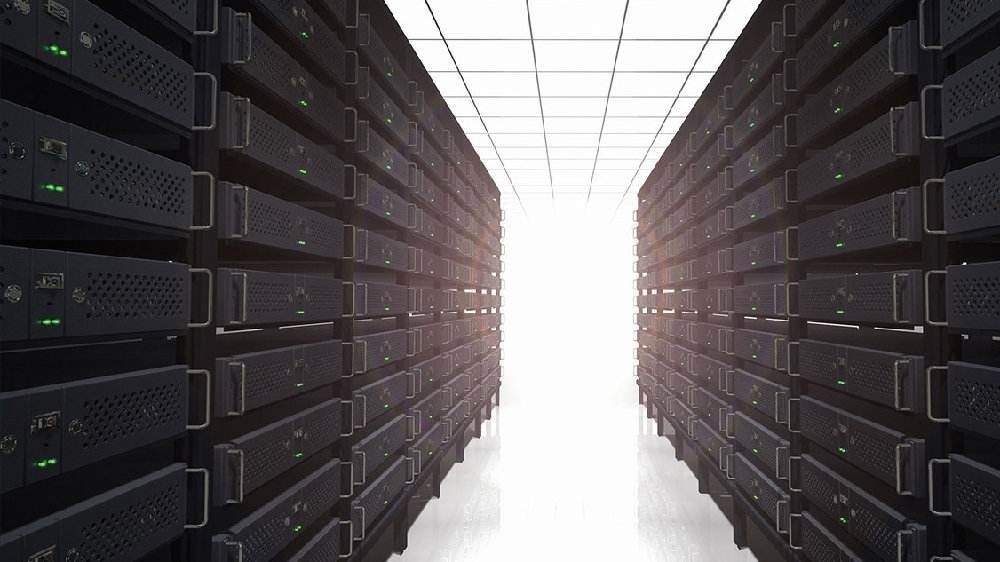Intelligent PDU, or smart PDU, do more than just distribute power to IT equipment in the data center. It is also capable of monitoring, managing and controlling the power consumption of multiple devices. Intelligent PDU give data center professionals remote network access to real-time data on critical infrastructure, driving informed decision-making, ensuring maximum availability and meeting critical efficiency requirements. Intelligent PDUs fall into two categories: monitoring and switching, and each type can add a variety of additional capabilities to expand the critical information that the device can provide. Some key features include outlet-level monitoring, environmental monitoring, alerts and alerts based on user-defined thresholds, and more. These features minimize downtime and come with manufacturer-backed support to meet service-level agreements (SLAs).
As data center environments become more dynamic and complex, many business organizations are putting pressure on data center managers to increase availability while reducing costs and increasing efficiency. The introduction of a new generation of high-density servers and network equipment has increased the demand for higher-density racks and has higher requirements for the power system of the overall facility. Although the current conventional rack density is still below 10kW, a rack density of 15kW is already a typical configuration for very large data centers, and some are even close to 25kW. High-density configuration improves the performance and capacity of the computer room, but at the same time requires more efficient power delivery. As a result, the performance and functionality of intelligent PDU has become increasingly important to efficiently distribute power and handle changes in data center capacity and density.
Intelligent PDU can be further divided into monitoring and switching types. At its core, a PDU provides reliable power distribution, while more intelligent PDU add remote monitoring capabilities, energy management, and a forward-looking design platform.
Monitored PDU can be accessed at the rack or remotely, providing a comprehensive view of power usage while continuing to provide reliable power distribution to critical IT equipment. Monitored PDU offer PDU-level and outlet-level remote monitoring configuration options, providing a more granular view of power usage down to the device level. They provide quick access to critical information to assess trends in power usage and feature alerting to alert users when user-defined power thresholds are violated. Recommended for data centers who want to monitor or improve power usage effectiveness (PUE).
Switched PDU can be accessed at the rack or remotely, providing a comprehensive view of critical IT equipment power usage and adding the ability to remotely turn on, off or reboot each outlet. Switched PDU offer PDU-level and outlet-level remote monitoring configuration options. Switched PDU are ideal for data centers and remote data centers where outlet power usage needs to be limited to avoid accidental overloading. And for data centers that need to quickly and easily power cycle equipment within a large facility (and sometimes an entire network of facilities), switched PDU are useful.
When selecting an intelligent PDU, consider the following key features:
IP aggregation
IP addresses and switch ports are becoming more expensive, so data center managers can reduce the cost of deploying intelligent PDU by using units with IP aggregation capabilities. If deployment costs are a concern, it’s important to investigate some of the manufacturer’s limiting requirements, as the number of cells that can be aggregated on a single IP address can vary from 2 to 50. Other features, such as IP aggregation with downstream device self-configuration, can also significantly reduce deployment time and cost.
Environmental monitoring
IT equipment is susceptible to environmental conditions such as temperature and humidity. Intelligent PDU can integrate environmental sensors to actively monitor environmental conditions within the rack, ensuring optimal operating conditions without deploying a separate monitoring solution.
out-of-band communication
Some PDU provide redundant communication by integrating with out-of-band management devices such as serial consoles or KVM switches if the PDU’s primary network fails.
DCIM access
There are various DCIM solutions on the market that provide users with a single access point to view real-time power and environmental data. DCIM also has the ability to create and receive trend analysis reports, providing visibility across the facility, helping data center managers improve efficiency and availability.
Remote Connection
Intelligent PDU also provide data center managers with the ability to remotely access the PDU through a network interface or serial connection to monitor power usage and configure user-defined alert notifications to prevent downtime.
Post time: Mar-06-2023






